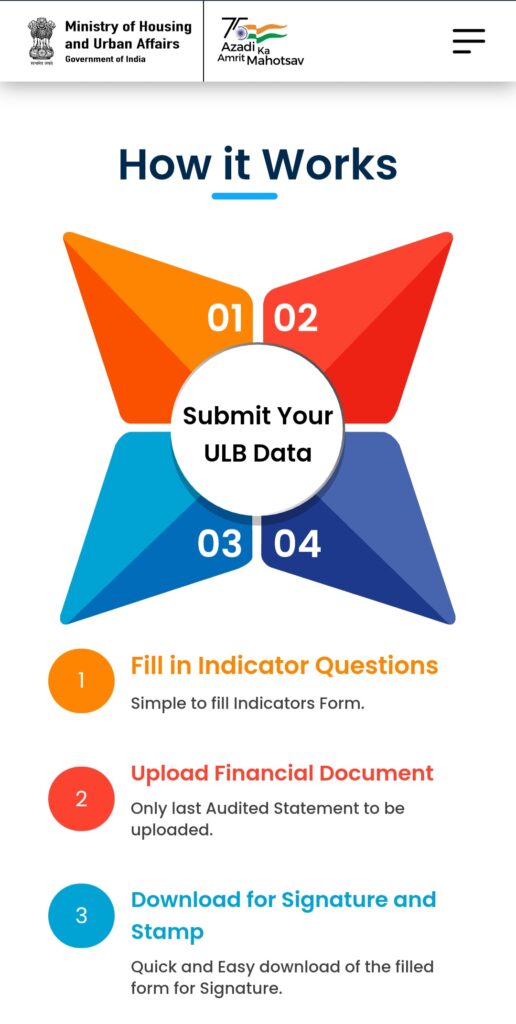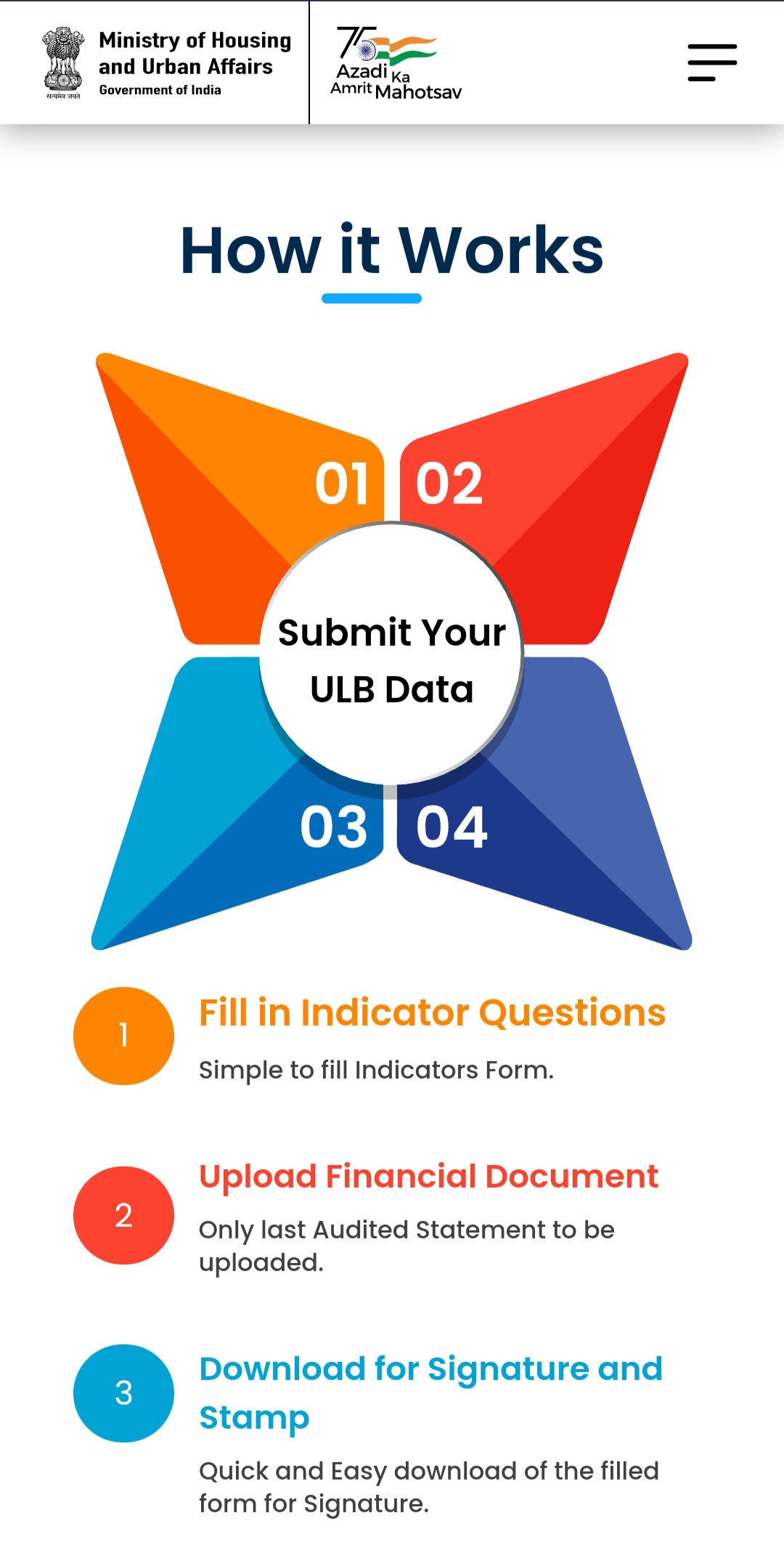Aaina dashboard portal aims to create a robust database of key performance metrics of ULBs
“AAINA Dashboard for Cities: Fostering Progress and Peer Learning”
Introduction: On November 13, 2023, a significant milestone was achieved in the realm of urban development in India with the launch of the ‘AAINA Dashboard for Cities’ portal (www.aaina.gov.in) by the Ministry of Housing and Urban Affairs (MoHUA).
Aaina dashboard initiative provides Urban Local Bodies (ULBs) across the country with the opportunity to voluntarily submit crucial data, fostering transparency and progress in urban governance.

Objective: The AAINA Dashboard has three primary objectives:
- City Benchmarking: It allows cities to assess their performance relative to their peers, facilitating a deeper understanding of their strengths and weaknesses.
- Inspiration: By highlighting possibilities and areas for improvement, the dashboard aims to inspire ULBs to take action and enhance their urban governance.
- Peer Learning: Rather than ranking ULBs, the dashboard encourages peer learning and collaboration by facilitating comparisons among similarly situated cities.
Five Pillars of Assessment: The AAINA Dashboard assesses urban performance across five broad pillars:
- Political & Administrative Structure: This pillar delves into the governance structure of the city, examining its political and administrative mechanisms.
- Finance: Financial sustainability and budget management are crucial for any urban body. The dashboard evaluates the financial health of ULBs.
- Planning: Effective planning and urban development strategies are pivotal for sustainable growth. This pillar scrutinizes the planning mechanisms in place.
- Citizen Centric Governance: Ensuring that governance serves the interests of citizens is a core principle. The dashboard evaluates how ULBs engage with and address the needs of their citizens.
- Delivery of Basic Services: The provision of essential services to residents is central to urban governance. This pillar focuses on the efficiency and effectiveness of these services.
Data Submission Process: ULBs will submit their data, including audited accounts and self-reported performance metrics, via a user-friendly data entry form on the AAINA Dashboard portal. ULBs have the flexibility to update the information as needed, ensuring that the data remains current and accurate. This dashboard is designed to be a permanent platform for ULB-related data, regularly updated.
Open Access: The ‘AAINA Dashboard for Cities’ is not just an internal tool. It aspires to become a comprehensive database of key performance metrics for Urban Local Bodies. This data will be accessible to all stakeholders, promoting transparency and accountability in urban governance. Once populated, the dashboard will be open to public view.
Support and Collaboration: To facilitate the data submission process, the Ministry, through the Digital India Corporation, will provide handholding support to ULBs and states as needed. This collaboration aims to make the AAINA Dashboard a powerful instrument for positive change.
Conclusion: The launch of the ‘AAINA Dashboard for Cities’ is a transformative step in India’s urban development journey. It empowers ULBs to track their performance, learn from peers, and inspire positive change. As this dashboard becomes a dynamic resource, it has the potential to revolutionize urban governance and foster a new era of transparency and progress in our cities. Together, with active cooperation from all stakeholders, it will shape the future of urban India.
Also read How to apply for Ladli Laxmi Yojna

1 thought on “AAINA Dashboard for Cities launched by GOI on Nov 13.”